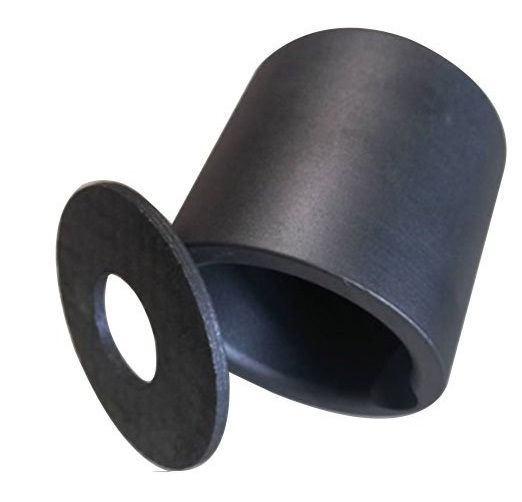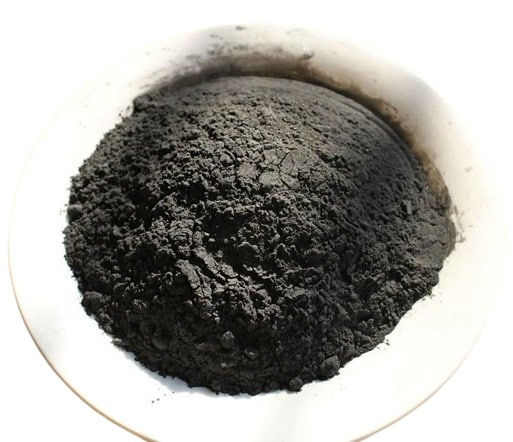
Graphite Molds Expert. E-mail us info@hifounder.com
Graphite Raw Materials
Graphite is crystal of carbon and non-metallic material with the natures of silver gray, soft in texture and metallic luster. Mohs hardness is 1~2, specific gravity is 2.2~2.3, and its bulk density is generally 1.5~1.8.
The melting point of graphite is extremely high. It begins to melt at 3000°C in vacuum and evaporates at 3600°C. The strength of general materials gradually decreases at high temperatures. However, when graphite is heated to 2000°C, its strength is doubled compared with normal temperature, but the oxidation resistance of graphite gradually increases as the temperature increases.
The thermal and electrical conductivity of graphite is quite high, its electrical conductivity is 4 times higher than that of stainless steel, 2 times higher than that of carbon steel, and 100 times higher than that of general non-metals. Its thermal conductivity not only exceeds that of steel, iron, lead and other metal materials, but also decreases with the increase of temperature, which is different from general metal materials. At extremely high temperatures, graphite even tends to be adiabatic. Therefore, the thermal insulation performance of graphite is very reliable under ultra-high temperature conditions.
Graphite features excellent lubrication and plasticity. The friction coefficient of graphite is less than 0.1. Graphite can be extended into poromeric and transparent thin flakes. High-strength graphite is so hard that it is difficult to process with diamond tools.
Graphite is chemically stable, resistant to acids, alkalis, and organic solvents. Due to the above unique excellent properties, graphite is increasingly widely used in modern industry.






















































